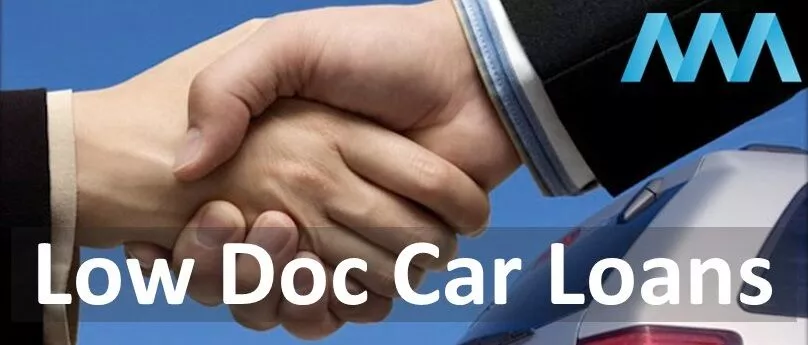Low Doc Loans provide a streamlined borrowing option for individuals who may struggle to meet the documentation requirements of traditional loans. While they offer significant advantages, they also come with notable drawbacks. This exploration will help you understand whether Low Documentations Loans align with your financial needs.
What are Low Doc Loans?
Low Documentations Loans are specifically designed for borrowers who lack the standard documentation necessary for traditional loans. This includes self-employed individuals, freelancers, and contractors who may not have consistent income records or the time to compile extensive paperwork. Instead of traditional income verification methods like tax returns and payslips, these loans allow for alternative documentation such as business activity statements (BAS) and letters from accountants.
Benefits of Low Doc Loans
- Speed and Accessibility:
One of the primary advantages of Low Documentations Loans is their expedited application process. Borrowers can often secure funding more quickly than with traditional loans, which is crucial for those needing immediate access to capital.
- Flexibility in Qualification:
These loans cater to a broader range of borrowers, including those who might not qualify for conventional financing due to irregular income or lack of documentation. This flexibility can open doors for many aspiring homeowners or investors.
The Costs Involved
Despite their advantages, Low Doc Loans often come with higher interest rates and fees compared to traditional loans. Lenders perceive these loans as higher risk due to the reduced documentation, which typically results in increased costs for borrowers. Additionally, many lenders may impose stricter limits on the loan-to-value ratio (LVR), requiring larger down payments.
Eligibility and Requirements
To qualify for a Low Doc Loan, borrowers generally need to demonstrate a good credit score and some form of income verification, albeit with less documentation than standard loans require. Common eligibility criteria include:
- Self-employment duration: Typically, borrowers must have been self-employed in the same industry for at least one year.
- Active ABN: An active Australian Business Number (ABN) is usually required, along with GST registration for a minimum period.
– Alternative documentation: Acceptable documents include BAS statements, business bank statements, or an accountant’s letter verifying income.
Comparing Low Doc and Alt-Doc Loans
While both Low Doc and Alt-Doc Loans serve non-traditional borrowers, they differ in their requirements. Low Doc Loans generally require minimal documentation and often come with higher interest rates. In contrast, Alt-Doc Loans may necessitate more documentation but could offer lower interest rates. Borrowers should assess their specific circumstances to determine which option aligns better with their needs.
Conclusion
Low Doc Loans can be an attractive option for those needing quick access to funds or who may not meet traditional lending criteria. However, it is crucial to weigh the benefits against the potential costs associated with higher interest rates and fees. By understanding both sides of this financial product, you can make an informed decision that best suits your financial situation and goals.










